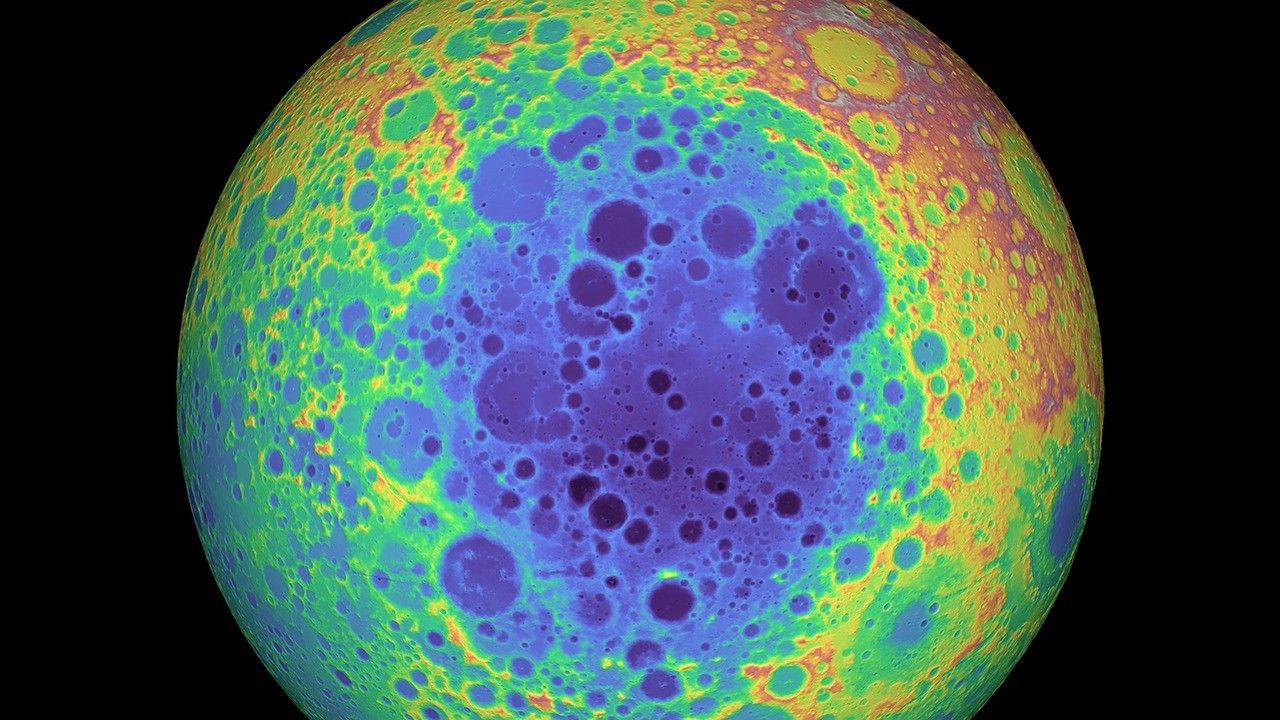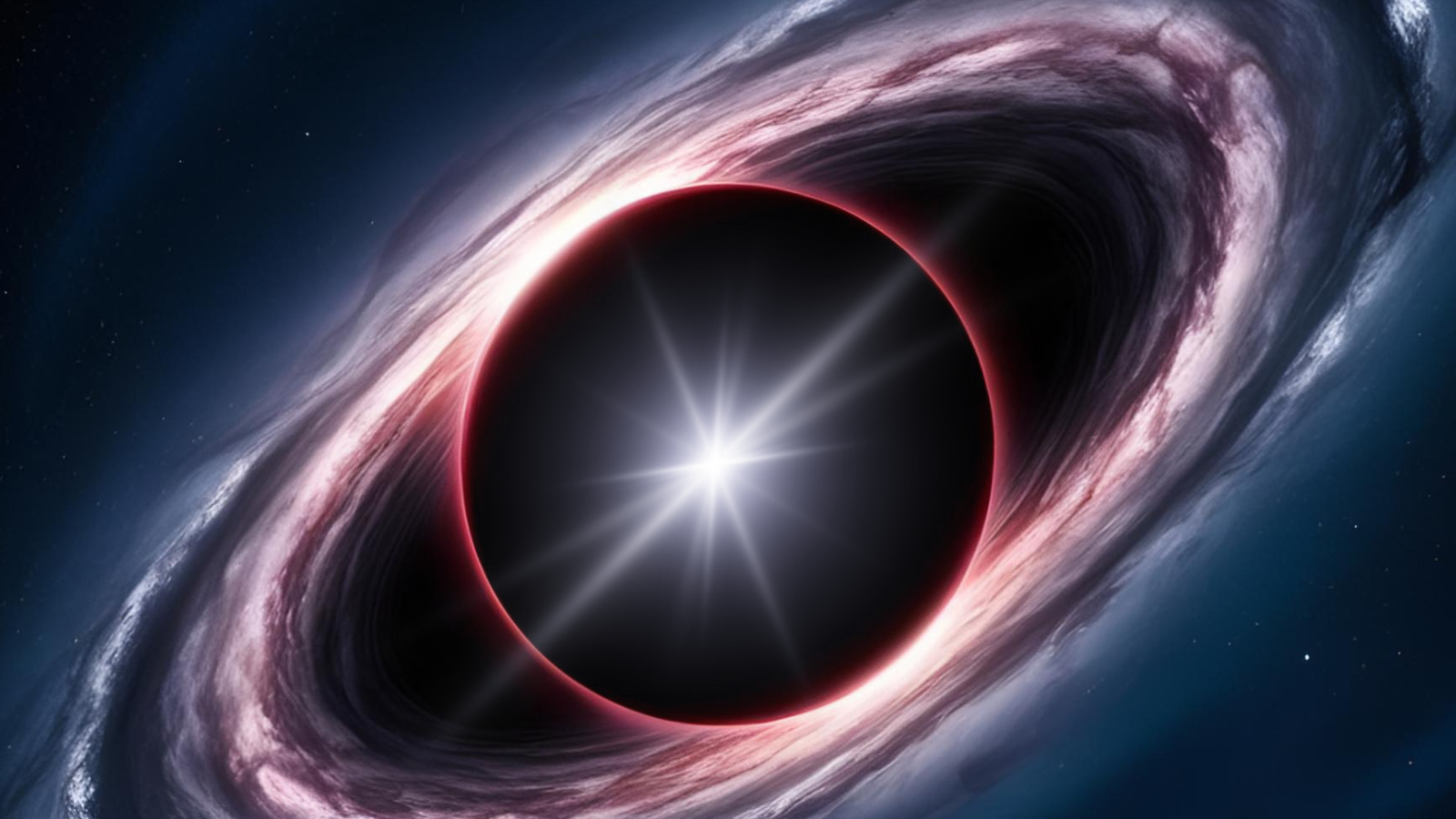Scientists have dated the moon's oldest, and largest, impact site
The moon has taken quite the beating over the last 4.32 billion years.

You don't need a telescope to see that the moon is riddled with craters. For billions of years, our celestial neighbor has been absolutely bombarded by asteroids and comets, and the assault has left behind a heavily pockmarked lunar surface.
The largest and oldest-known impact site on the moon is the South Pole-Aitken (SPA) basin, stretching across nearly 1,250 miles (2,000 kilometers) of the far side of the moon. And thanks to new research, scientists have dated the SPA basin to the period between 4.32 and 4.33 billion years ago.
A research team led by scientists at the University of Manchester determined the age of the basin by analyzing a lunar meteorite known as Northwest Africa 2995. The meteorite, which was found in Algeria in 2005, contained uranium and lead that was dated to this period.
So, why is the proposed age of the SPA basin significant? Well, it's about 120 million years older than expected.
Related: Nobody Knows What Made the Gargantuan Crater on the Dark Side of the Moon
"For several decades there has been general agreement that the most intense period of impact bombardment was concentrated between 4.2–3.8 billion years ago — in the first half a billion years of the moon's history," Joshua Snape, a Royal Society University Research Fellow at The University of Manchester, said in a statement. "But now, constraining the age of the South-Pole Aitken basin to 120 million years earlier weakens the argument for this narrow period of impact bombardment on the moon and instead indicates there was a more gradual process of impacts over a longer period.”
This has implications for Earth's early history, too. "We know that the Earth and the Moon likely experienced similar impacts during their early history, but rock records from the Earth have been lost," Romain Tartese, a Senior Lecturer at The University of Manchester, said. "We can use what we have learnt about the moon to provide us with clues about the conditions on Earth during the same period of time."
Get the Space.com Newsletter
Breaking space news, the latest updates on rocket launches, skywatching events and more!
While the dating from the Northwest Africa 2995 meteorite has provided a good indication of the SPA basin's age, the team will have to confirm this data with a sample-return mission from within the crater itself. Good thing we're going back to the moon!
A paper on the team's research was published on Oct. 16 in the journal Nature Astronomy.
Join our Space Forums to keep talking space on the latest missions, night sky and more! And if you have a news tip, correction or comment, let us know at: community@space.com.
Join our Space Forums to keep talking space on the latest missions, night sky and more! And if you have a news tip, correction or comment, let us know at: community@space.com.

Space.com contributing writer Stefanie Waldek is a self-taught space nerd and aviation geek who is passionate about all things spaceflight and astronomy. With a background in travel and design journalism, as well as a Bachelor of Arts degree from New York University, she specializes in the budding space tourism industry and Earth-based astrotourism. In her free time, you can find her watching rocket launches or looking up at the stars, wondering what is out there. Learn more about her work at www.stefaniewaldek.com.
-
Unclear Engineer ????Reply
The previous estimates for the period of intense bombardment is 4.2-to-3.8 billion years ago, and this article says that finding a meteorite on Earth that dates to 4.32 to 4.33 billion years ago changes that in some substantial way? What's 120 million years to a theory with no local samples for verification?
And, exactly how does the theory go with respect to how the ratio of lead to uranium was "frozen" into that meteorite? Was it when the big meteor hit the Moon, or when another, smaller crater was created and ejected a piece of the larger impact remnant?
For that matter, how are they sure the meteorite found on Earth even came from that location on the Moon.
